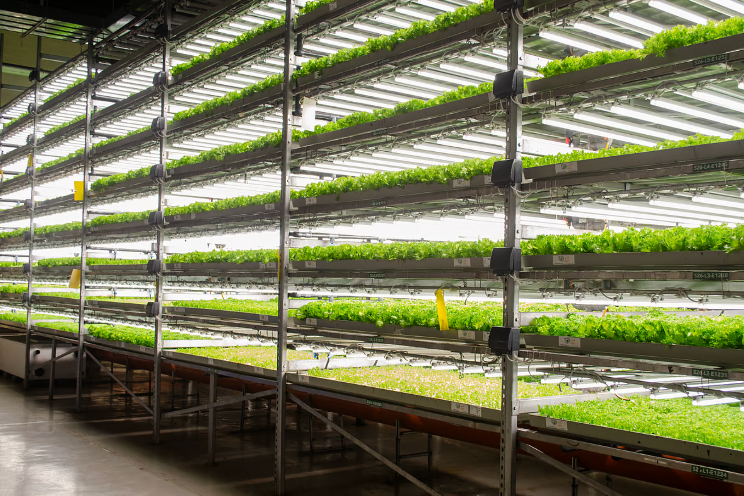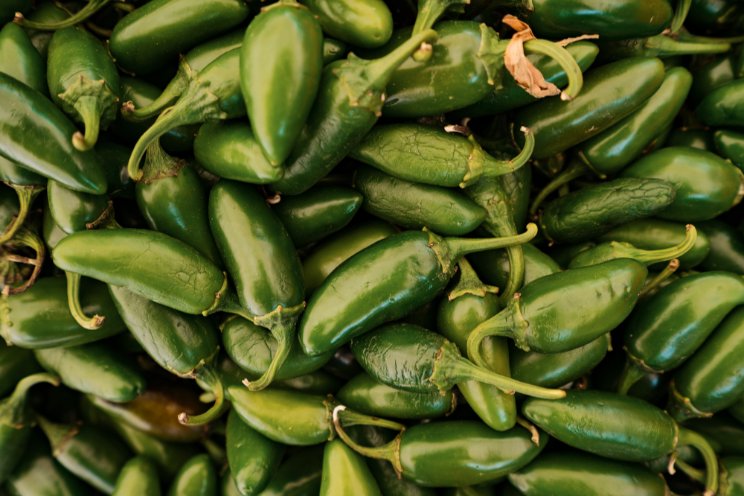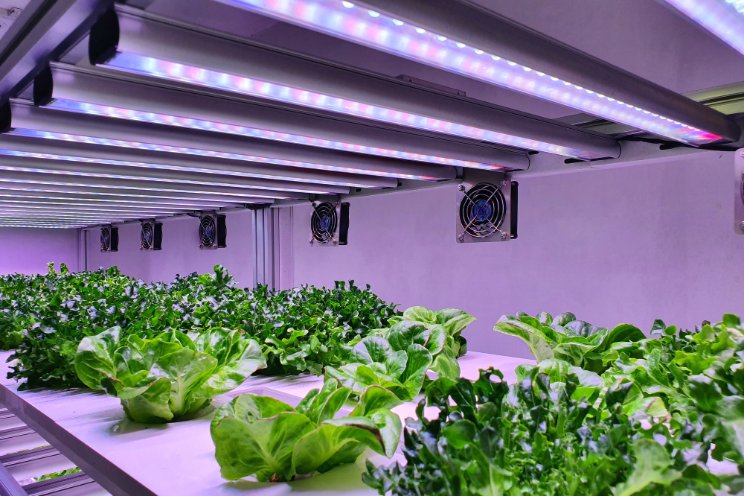Understanding food security in urban and rural communities
Added on 25 May 2023

In 2020, a staggering 2.4 billion people, or above 30 percent of the world’s population, were moderately or severely food-insecure, lacking regular access to adequate food.*

Availability refers to the physical presence of food in the market or within a community. It is about having enough food produced and supplied to meet the demand. As we have experienced more recently, relying solely on traditional agricultural practices and distant food sources can present challenges.

Accessibility refers to the ability of individuals to obtain food, both in terms of physical access (proximity to markets or food outlets) and economic access (affordability). Access to food can look quite different between urban and rural regions. It’s influenced by factors including population density, infrastructure, transportation, and proximity to agricultural resources.

This is obvious, but it’s a critical aspect of food security, as high prices can restrict people’s access to nutritious food. What is affordable for one person in a community may be out of reach for another. Since the Covid 19 pandemic, food banks and pantries have seen a surge in activity. According to the Bureau of Labor Statistics, groceries in the US are 23% more expensive now than at the start of the pandemic, but wages have not kept up with inflation.
Photo: ZipGrow
More news















